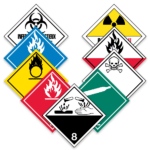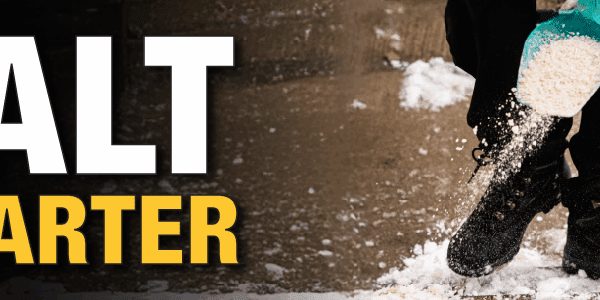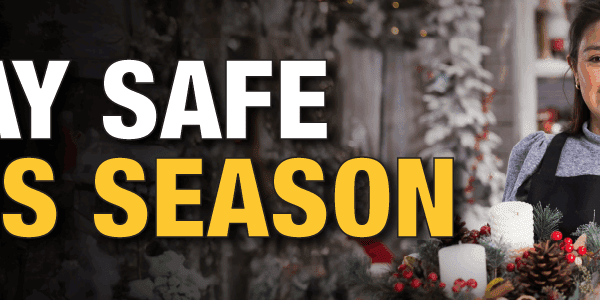
Dangerous Goods and Insurance: Are You Covered?
If your business is expanding into the world of dangerous goods, have you considered whether your insurance policy provides adequate protection for potential spills or incidents? A recent story from Prince Edward Island in Canada highlights the risks of being unprepared.
A couple with a home heating oil tank in their basement experienced a devastating spill when the tank ruptured just a day after being filled. Hundreds of liters of oil seeped into the surrounding soil. Acting responsibly, they contacted their local environmental office, which arranged for an abatement team. However, delays in the cleanup allowed the oil to penetrate deeper into the soil, exacerbating the damage.
When the cleanup was finally completed, the family faced a staggering $345,000 bill, which included soil removal, foundation repairs, and other abatement costs. To their shock, their insurance policy did not cover the incident because they had not purchased additional environmental liability coverage.
This cautionary tale is a wake-up call for small business owners venturing into dangerous goods handling. While carriers are required by law in Canada and the U.S. to maintain sufficient insurance for hazardous materials transport, businesses shipping, receiving, or storing these goods must ensure their own insurance policies are equally comprehensive.
Why Additional Coverage Matters
Hazardous materials incidents can have astronomical cleanup costs. Without proper coverage, you might be on the hook for thousands—or even millions—of dollars. Abatement and remediation often involve specialized equipment and teams, with costs spiraling far beyond initial estimates.
Insurance companies require clear documentation of your operations. “Begging for forgiveness” after an incident is not a strategy. Instead, ensure your business insurance explicitly covers dangerous goods-related risks, even if it means paying a higher premium. The peace of mind is well worth the investment.
Plan for the Worst-Case Scenario
Ask yourself: What would happen if a dangerous goods spill occurred in my workplace? Could I handle the financial and legal repercussions? Taking proactive steps now to review and update your insurance policy could save your business from financial ruin later.
This is much like those DIY home renovation shows—when unexpected asbestos is discovered, the budget explodes, and sacrifices must be made. Don’t let your business face a similar fate due to unforeseen dangerous goods liabilities.
Take Action Today
Verify your insurance coverage and consult with your provider to ensure it aligns with your operations. Expanding into the dangerous goods world can be a profitable move, but it requires careful planning and preparation to safeguard your business from unexpected risks.
ICC is passionate about keeping us all safe when handling, storing, manufacturing, or transporting dangerous goods. Our team can help your business stay compliant and informed through our resources and products. Contact us to learn more about the ICC difference.
Stay up to date and sign up for our newsletter!
We have all the products, services and training you need to ensure your staff is properly trained and informed.
 TDG Regulations TDG Regulations |
 UN Approved UN ApprovedPackaging and Boxes |
 Hazard Class Labels Hazard Class Labels |





